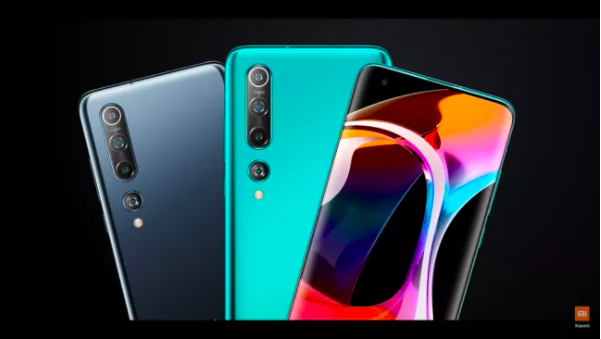Xiaomi CEO said the company has already started preliminary research into 6G
Just months after releasing the Redmi K30 5G handset, Chinese device manufacturer Xiaomi launched a “lite” version of the new phone, which offers similar features at the affordable price of $266, making it the cheapest 5G phone the company has offered. Already listed for pre-sale in China, the Redmi K30i 5G is described as being nearly identical to its slightly pricier version, the original K30 5G, apart from its 48MP primary camera instead of a 64MP one.
Inside the phone, Qualcomm’s Snapdragon 765G is hard at work, delivering smoother frame rates and a CPU peak speed boost to 2.4 GHz due to “speed binned” chips. Further, just like the Snapdragon 765, the 765G has the Qualcomm’s second-generation Snapdragon X52 5G modem that reportedly achieves peak download speeds of 3.6 Gbps, dynamic spectrum sharing support, SA and NSA and sub-6GHz and mmWave bands for global markets.
The K30i is further packed with 6 GB of RAM and 128 GB storage, and the battery comes in at 4,500 mAh and supports 30W fast wired charging.
The Redmi K30 5G phone actually has the newly released Snapdragon 768G Mobile Platform designed specifically for mobile gaming. As a subsequent release to the Snapdragon 765G, the latest processor enables smart, immersive gaming experiences with the integration of truly global 5G, according to the company.
Snapdragon 768G offers a number of performance enhancements over Snapdragon 765G. For instance, while the 765G has a Kryo 475 CPU Prime core clock speed of 2.4 GHz, the 768G can reach speeds of up to 2.8 GHz. Further, the Qualcomm Adreno 620 GPU offers up to 15% performance increase, as well as a host of additional features.
And most notably for the sake of Xiaomi’s latest news, the chipset offers 5G connectivity at a more affordable price point.
Making headlines for releasing one of the most affordable 5G phones wasn’t enough for Xiaomi CEO Lei Jun, who also told Chinese Xinhua News agency that the manufacturer has started preliminary research into 6G, which has not yet been standardized.
While no other details were shared, the device maker has officially joined the ranks of tech companies like Samsung and Huawei who have already began preparation for the next, next generation of cellular connectivity, despite the fact that 5G is just getting started.

